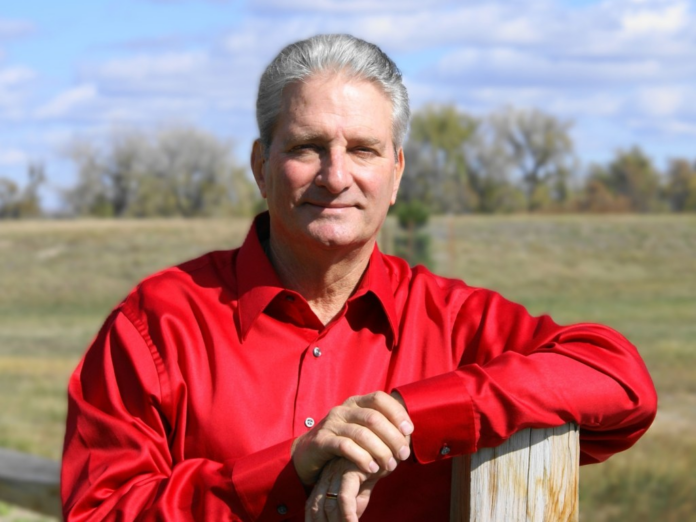Christy Clark was stunned last December when Montana’s governor asked her to take the helm at one of the state’s most closely watched agencies, the Department of Fish, Wildlife & Parks. She wasn’t a biologist, unlike many prior directors. And, Clark admitted, she didn’t know much about state fisheries or the nuances of hunting regulations.
“I said, ‘Governor, you really don’t know me very well,’” Clark recently told a gathering of Republican policymakers. “I said my experience and all my interactions with the service, with FWP, has been through the lens of people trying to ranch with grizzly bears.”
In her telling, speaking during the Western Congressional Caucus summit in Whitefish, Gov. Greg Gianforte told Clark that made her the perfect candidate.
At the time, Clark was head of the state Department of Agriculture. A lifelong rancher from just outside Choteau, she had first seen wolves, then grizzly bears, return to the Rocky Mountain Front. The result, she said, was a focus by state wildlife officials that often ignored the struggles of communities living alongside the recovering species.
“What was important for the governor was landowner relationships, and bridging the gap that has maybe existed between Fish, Wildlife & Parks with agriculturists,” she elaborated in an interview last week. In particular, he was interested in land access agreements, but grizzly policy is also a top priority.
Now a fresh push is underway to remove Endangered Species Act protections for the iconic predator, with decisionmakers in President Donald Trump’s administration taking the position that grizzly populations have sufficiently recovered.
Given all this, it’s maybe not surprising that under Clark’s leadership, Montana’s wildlife agency has begun shifting its message as a major information source on the Lower 48’s largest population of grizzlies.
A shift in tone
“I’m trying to change the conversation about how we talk about these carnivores, these large predators,” she said at the August meeting. “When I got to FWP, we talked a lot about, when there was a grizzly bear encounter, we talked a lot about the bear. How old she was, (whether) she was used in research, she was collared, she had a cub. It read like a grizzly bear eulogy.”
While the state agency would issue a press release for nearly every non-natural grizzly death in past years, those notices have sharply dropped in volume. So far in 2025, the agency issued about one-third as many press releases as it had by the same time a year earlier, despite similar numbers of bear deaths. The information is more sparse, with less emphasis on the circumstances leading up to the encounter.
A July press release noted a Flathead County resident at the base of the Swan Mountains had shot and killed a grizzly after it got into his chicken coop. Unlike in previous years, FWP didn’t initially indicate whether the coop was secured with electric fencing (it wasn’t) or offer up best practices for people raising chickens in places with high densities of grizzly bears.
Chris Servheen, a Missoula-based bear biologist who spent three decades as the grizzly recovery coordinator for the federal Fish and Wildlife Service, sees that shift as a missed opportunity to learn from individual bear encounters.
“We should have a detailed report on that so we can understand and learn from it,” Servheen said. “I think it’s important that we have these detailed analyses of what happened.”
Some of those details include what the person was doing, or not doing, while present in grizzly habitat. Were they hiking alone? Making enough noise? Hiking into the wind or with it? What time of day was it? Were they carrying bear spray, and was it in a place where they could readily access it?
“Bears are just out there trying to do their business and stay away from us 99% of the time,” he added. “When there’s an incident or conflict, it’s almost always due to the human behavior.”
Studies have shown that bears, and grizzlies especially, are wary of humans and will typically go out of their way to avoid them if they smell them or hear a person coming.
Listen now and subscribe: Apple Podcasts | Google Podcasts | Spotify | RSS Feed | Montana Untamed
There are exceptions. When two men from Choteau were charged by a grizzly while picking mushrooms outside Choteau in May, Clark said they had no choice but to shoot and kill it. As usual, the wind was blowing about 30 mph that day, she said, and bear spray wouldn’t have gone very far, even if they’d been carrying it.
“Unfortunately the bear did not survive, but had they not had handguns, they would not have survived,” Clark said last week. “And I wanted (the public) to understand how terrifying that is.”
While bears defending food or cubs may




